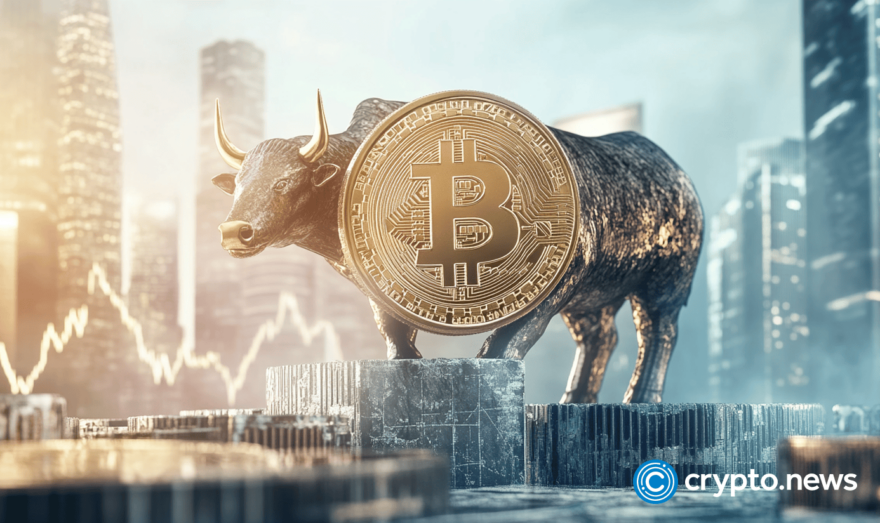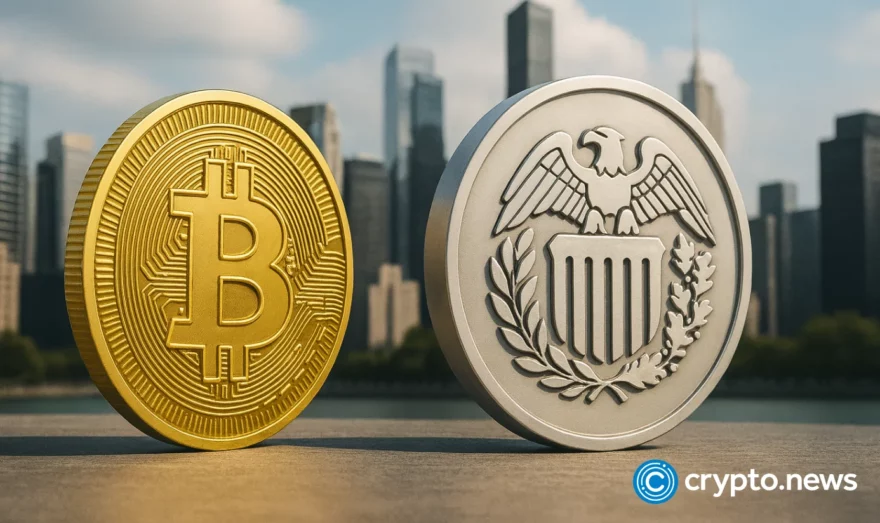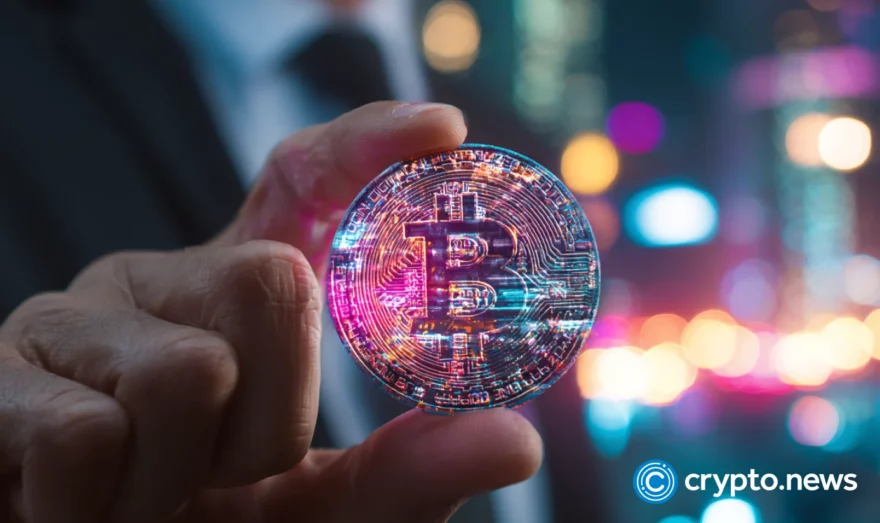Ripple Completes Equity Investment in Moneygram, Cross Border Liquidity Gaining Traction

Ripple’s commitment of $50 million in equity funding to MoneyGram has finally been completed with the second investment of $20 million coming through. The capital will help MoneyGram expand their operations without putting financial pressure on the On-Demand Liquidity service provided by Ripple and MoneyGram. Ripple currently owns 9.95 percent of MoneyGram through ordinary shares a 15 percent through shares and dilutive warrants, November 25, 2019.
Infiltrating Legacy Finance
Ripple has been using MoneyGram as its entry ticket into the big leagues of payments and finance. As a legacy institution with a successful track record, MoneyGram has a large network of existing clients with large volumes. Integrating new remittance mechanisms developed by Ripple helps MoneyGram cut costs and Ripple dip their toes in the water.
Nearly 10 percent of Mexican peso volume is transacted over On-Demand Liquidity (ODL). By eliminating pre-funding requirements, ODL makes the remittance process a lot less capital intensive. MoneyGram’s foray into Europe, Australia, and the Philippines is also supported by the ease of remittance that comes with ODL.
Solutions that make remittances less cumbersome for intermediaries are definitely in demand, and Ripple is helping fill those gaps with their proprietary technology. Although it may not be “decentralized” per se, the Ripple ledger is definitely in a prime position to make legacy financial infrastructure far more efficient in the long term.
Crypto Penetration From the Inside
Ripple’s infiltration of legacy finance will have a few more effects on mass crypto usage. Firstly, it breaks the stigma of using virtual currencies for banks, who are still mostly in consensus about their disdain for crypto.
Despite the talk of institutional investment and global penetration of Bitcoin, this just hasn’t happened due to a multitude of factors. If Ripple can go out and break the barriers between banks and virtual currencies, all that’s left is for people to understand why a decentralized ledger and monetary system makes sense.
Acting as the bridge between the centralized and decentralized world, there is a possibility that Ripple can help the broader cryptocurrency ecosystem gain stronger traction. At the end of the day, bank adoption of crypto helps them cut costs with remittances, but this doesn’t translate to meaningful benefits for the end consumers – the people.













